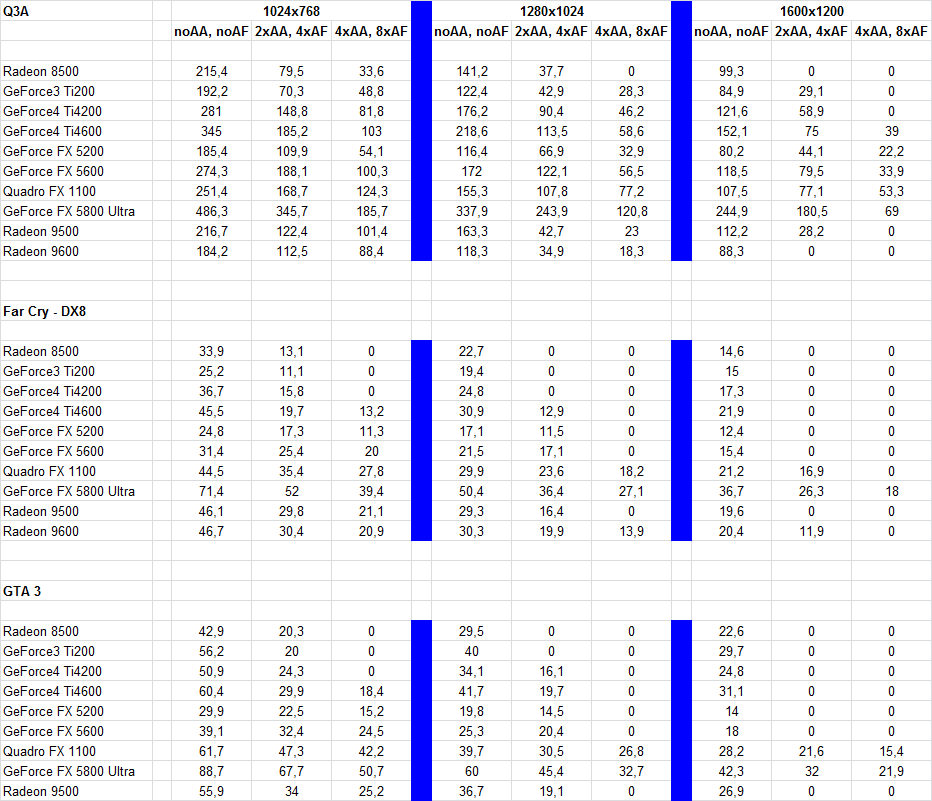First post, by feipoa
- Rank
- l33t++
There are cheap new PCI ATI Radeon 7500 graphic cards selling on eBay for $13-24 USD. Normally I wouldn't think much of it until I saw how many units this guy has sold - more than 1,5000. I couldn't help but wonder if there is any special or unique about the PCI Radeon 7500? Does it have some niche for gaming that Nvidia cannot accomodate? Is there some other application, like casino gaming, that require this card? Curious that the sticker on the backside of the card says RADEON 9000/256M DDR, not 7500 like mentioned in the auction title.
http://www.ebay.ca/itm/310419574655
http://www.ebay.ca/itm/231431907247
Plan your life wisely, you'll be dead before you know it.

